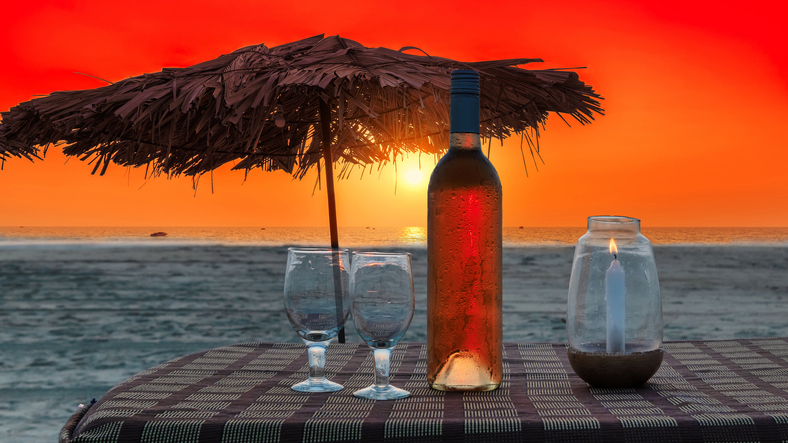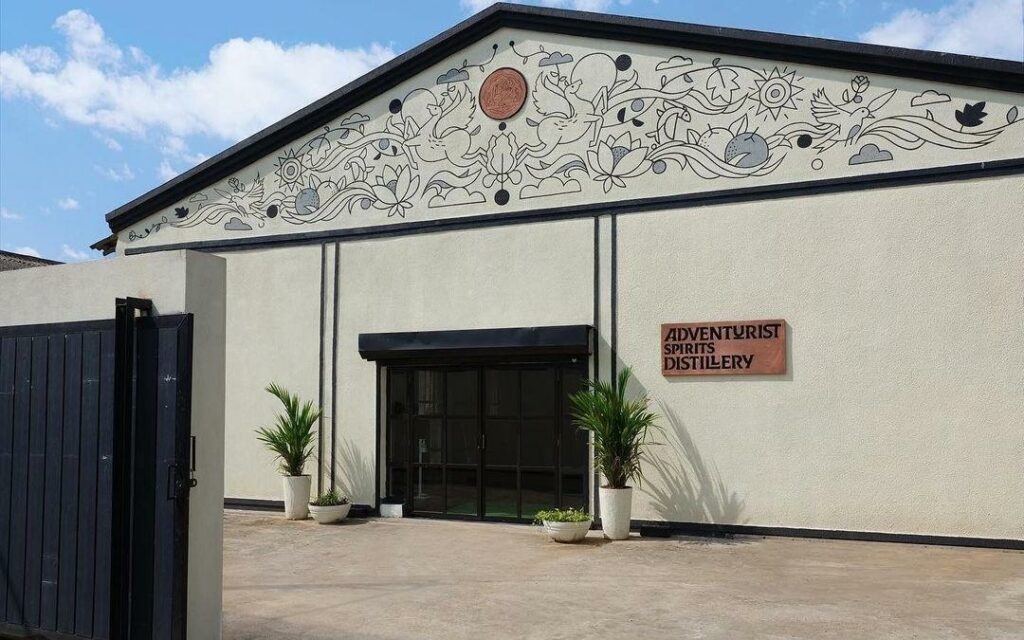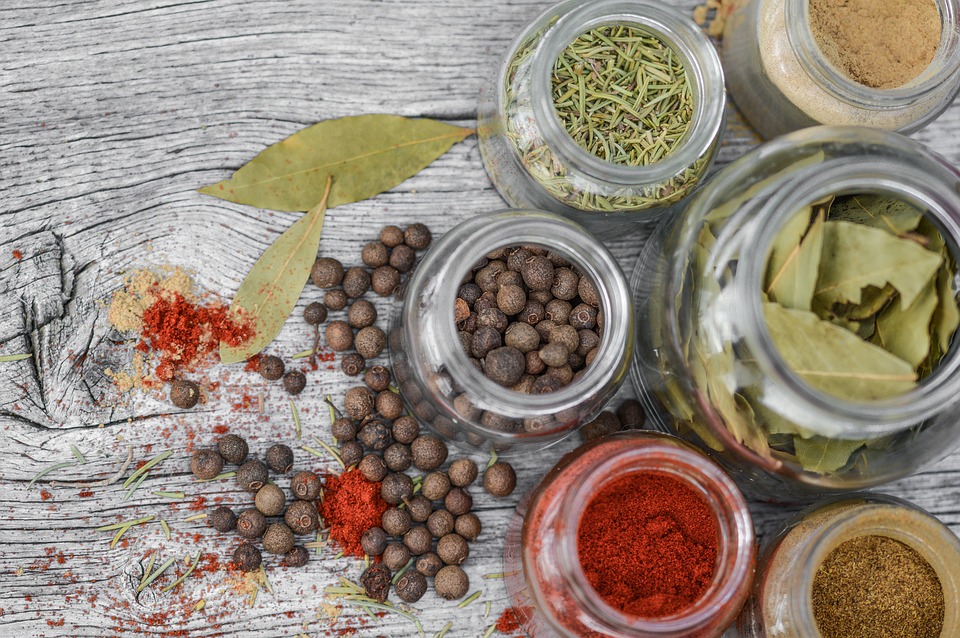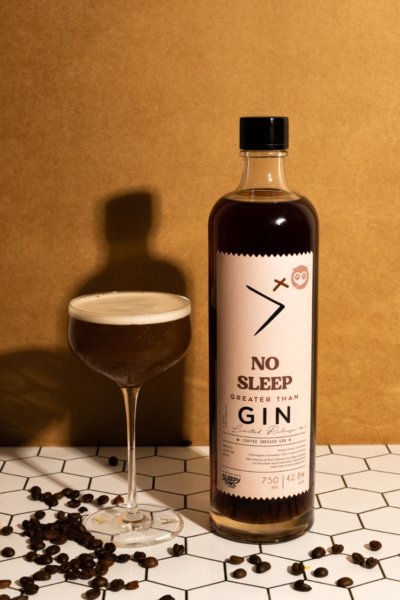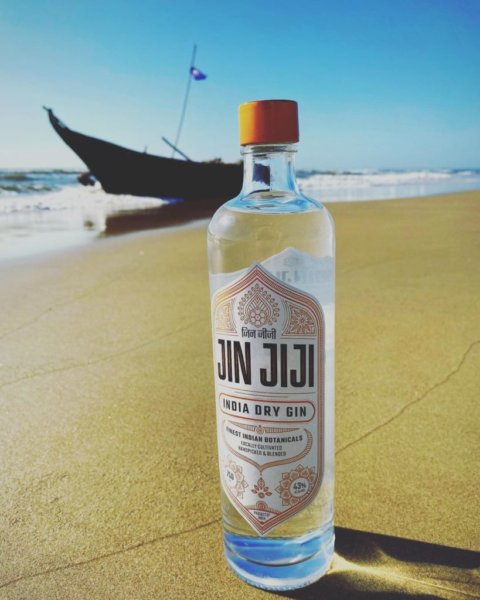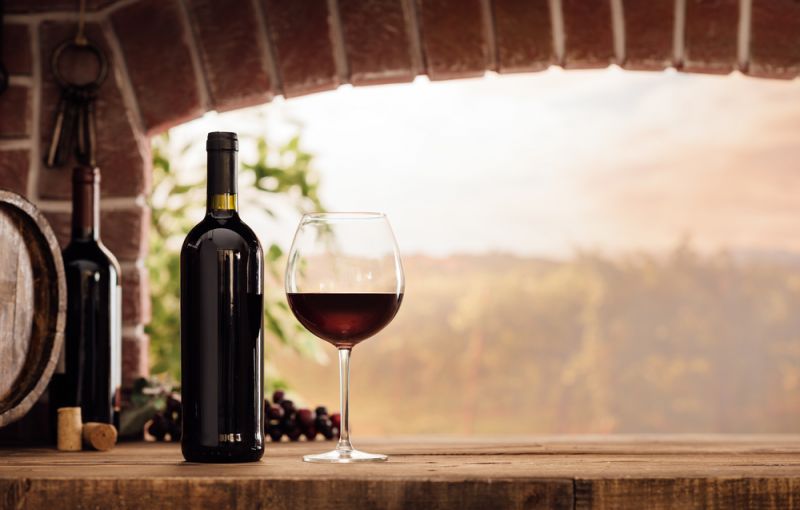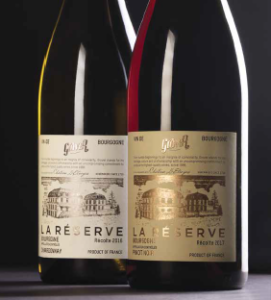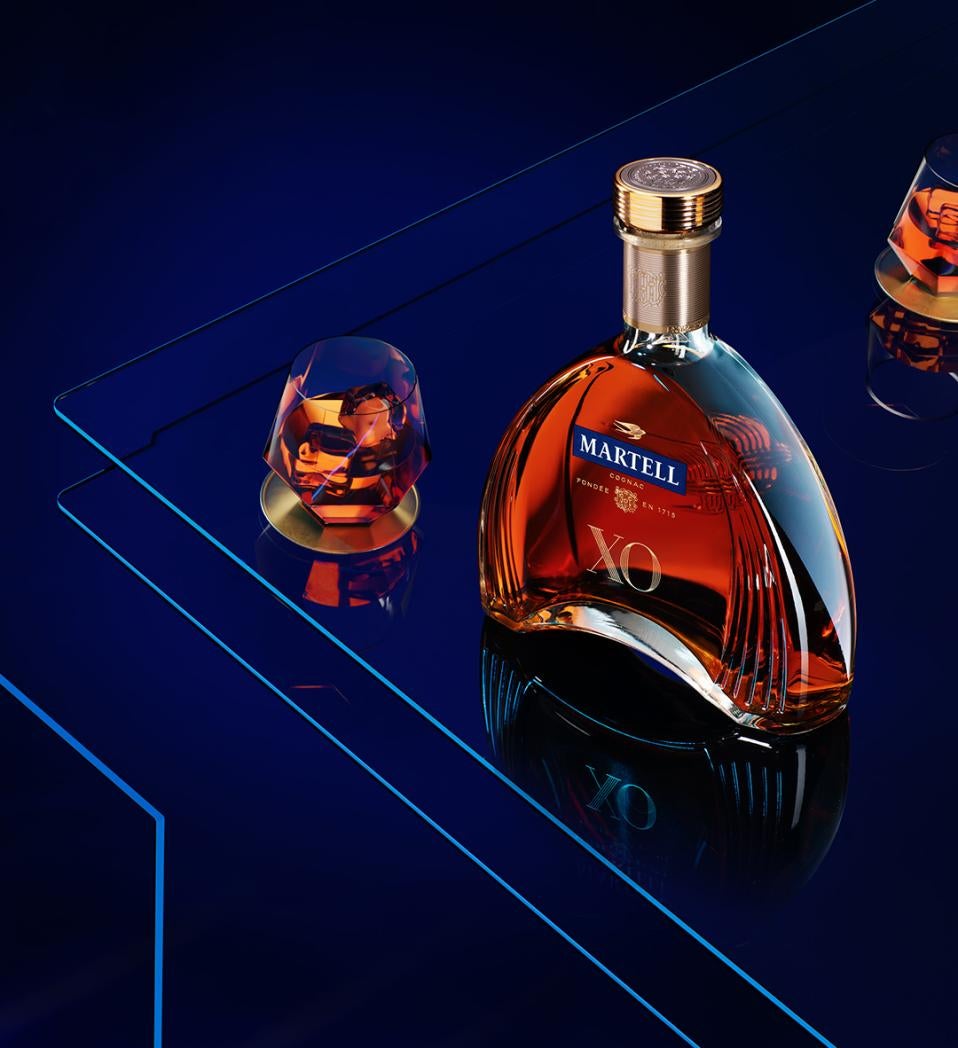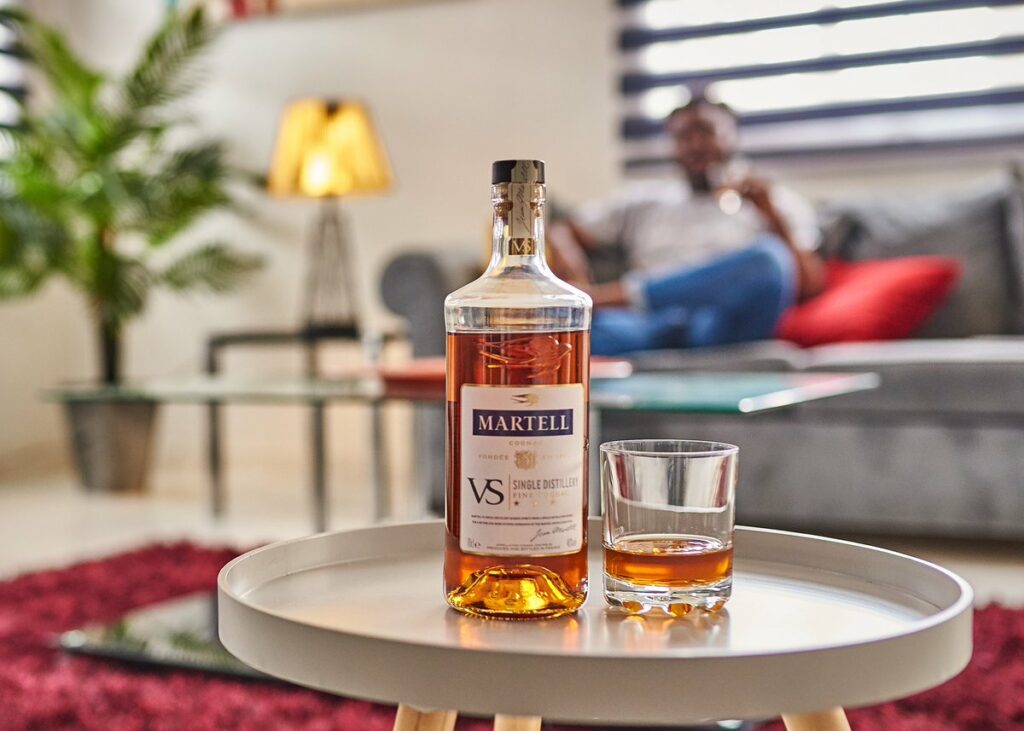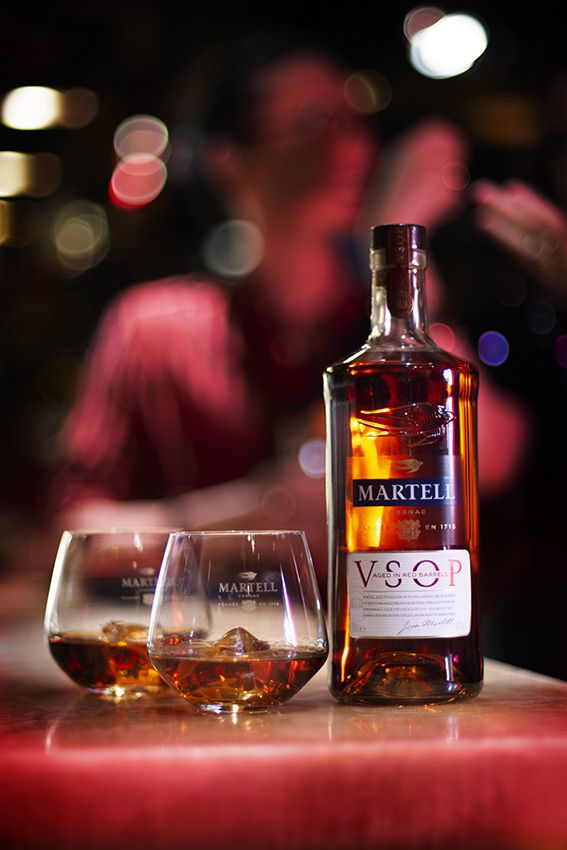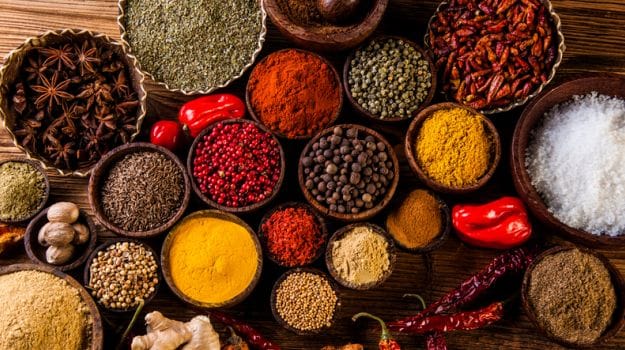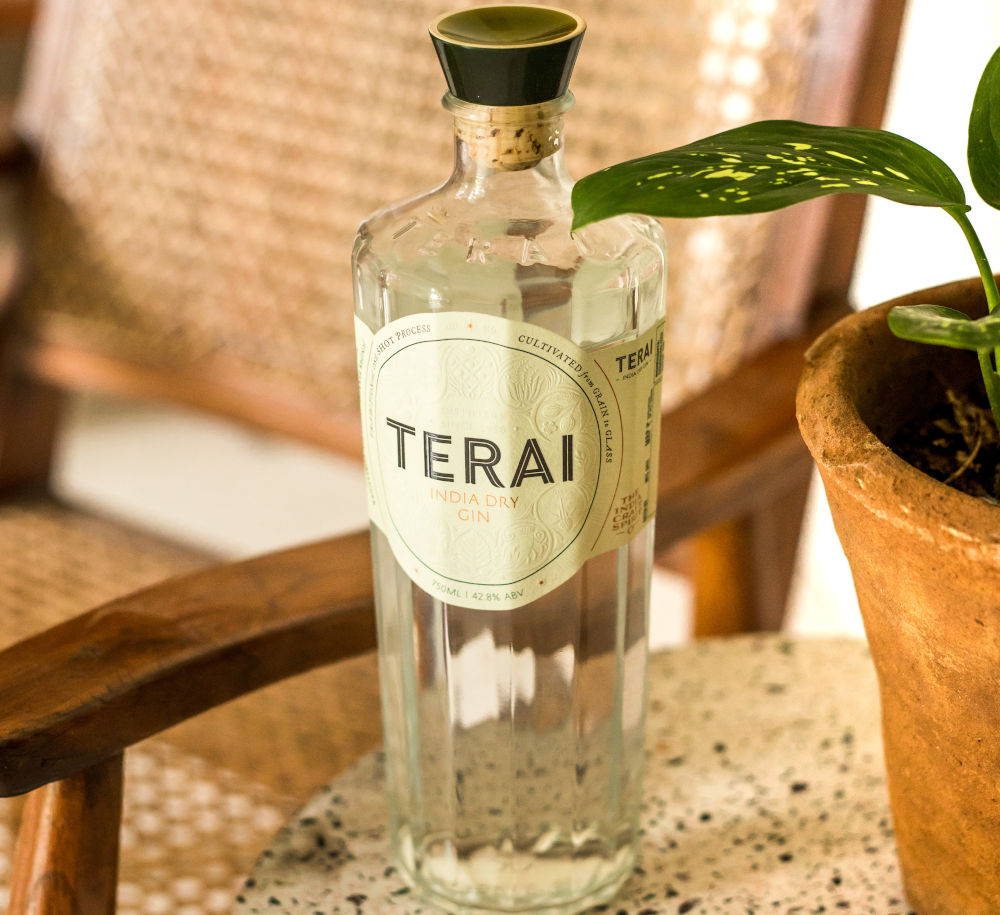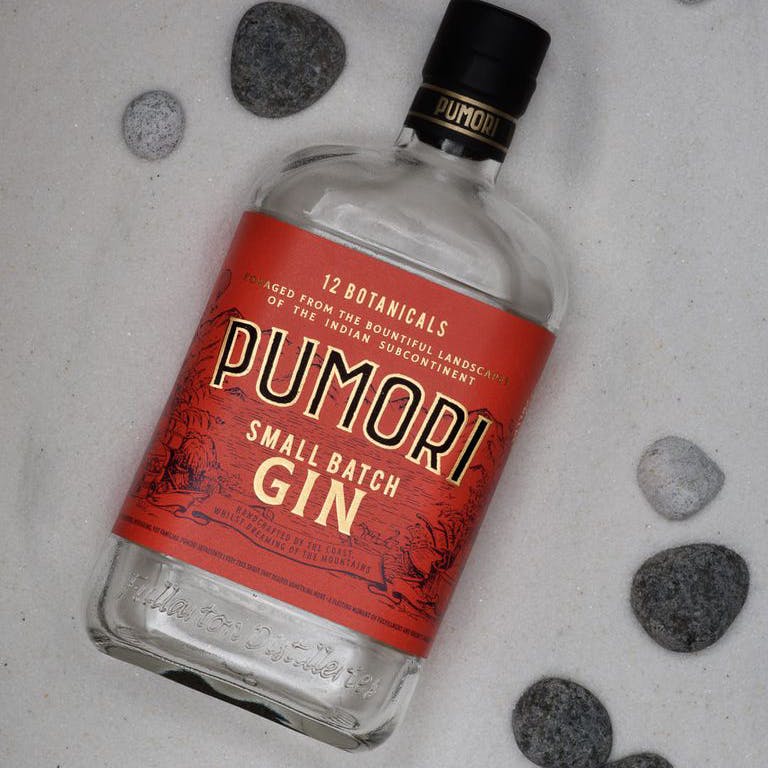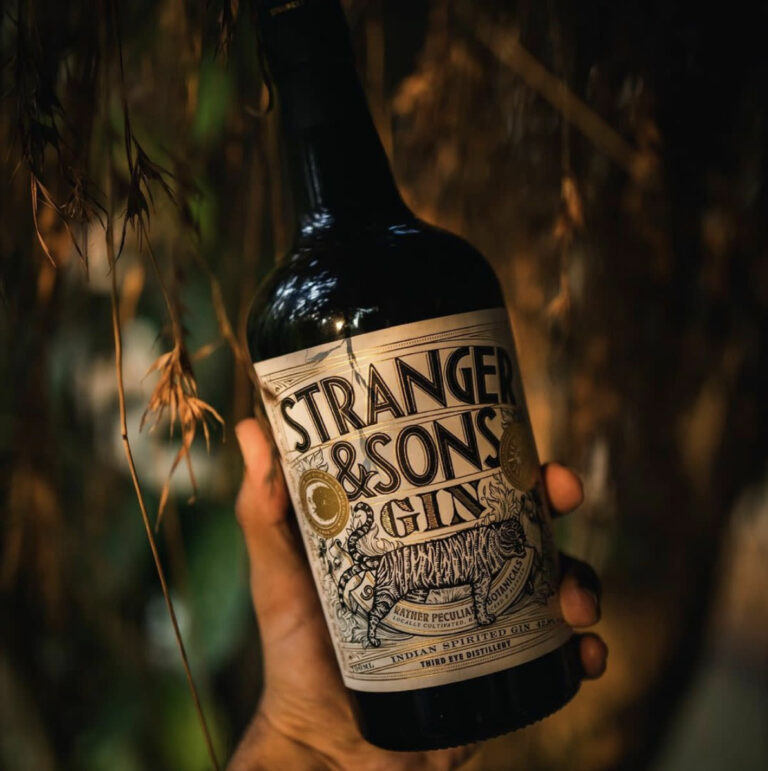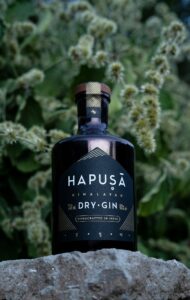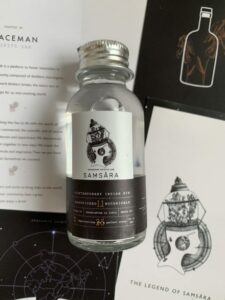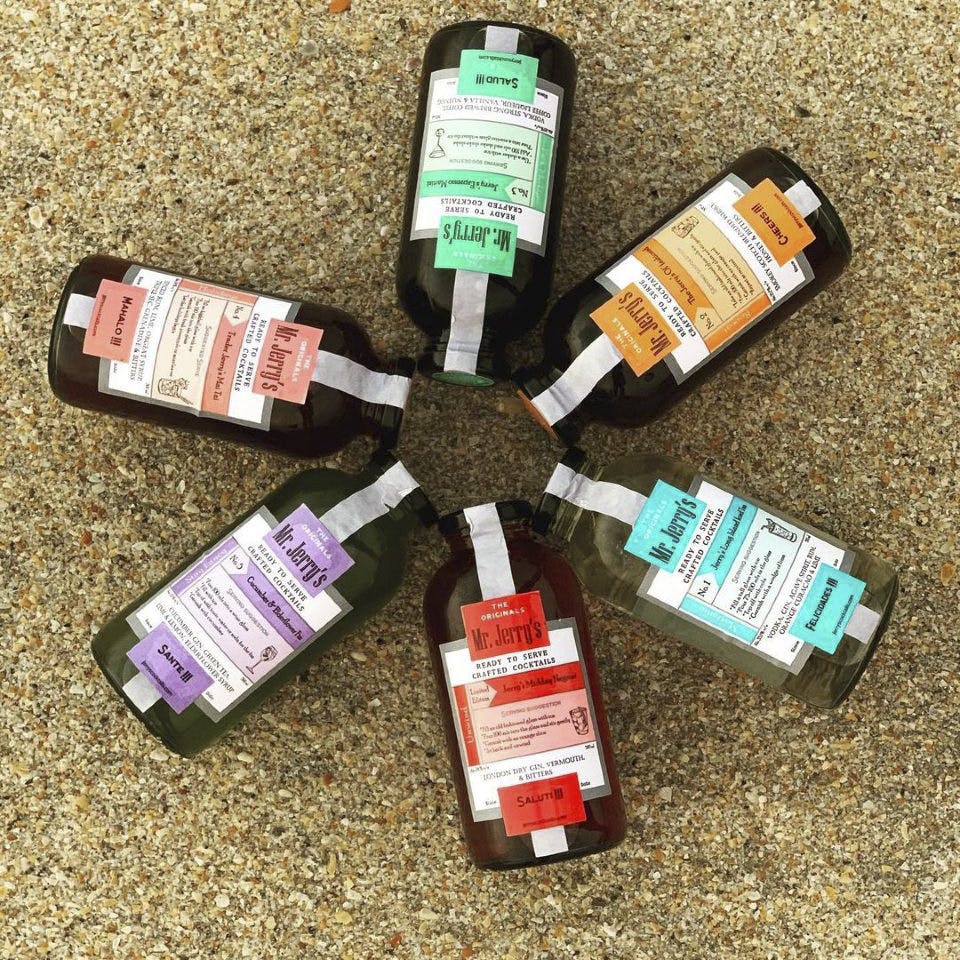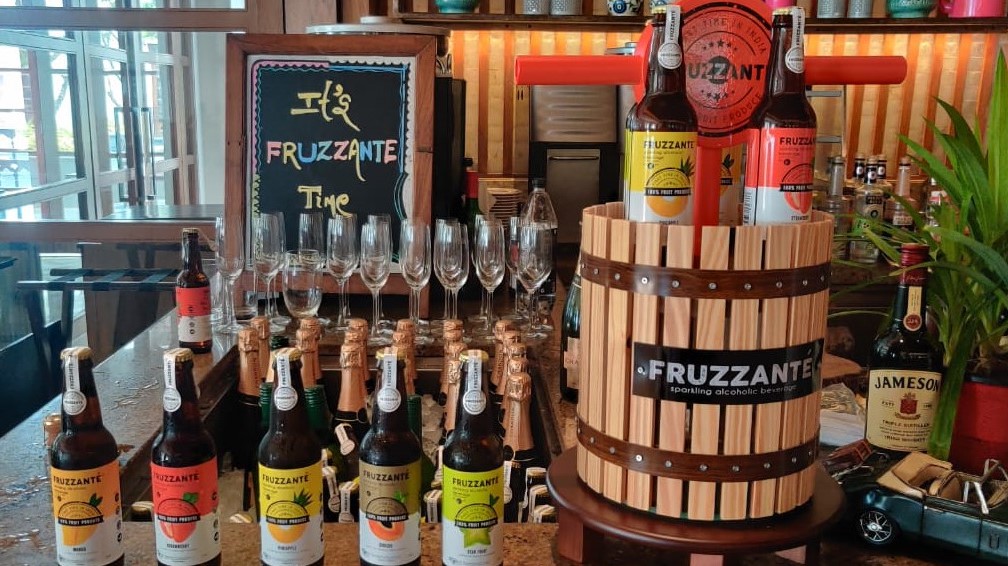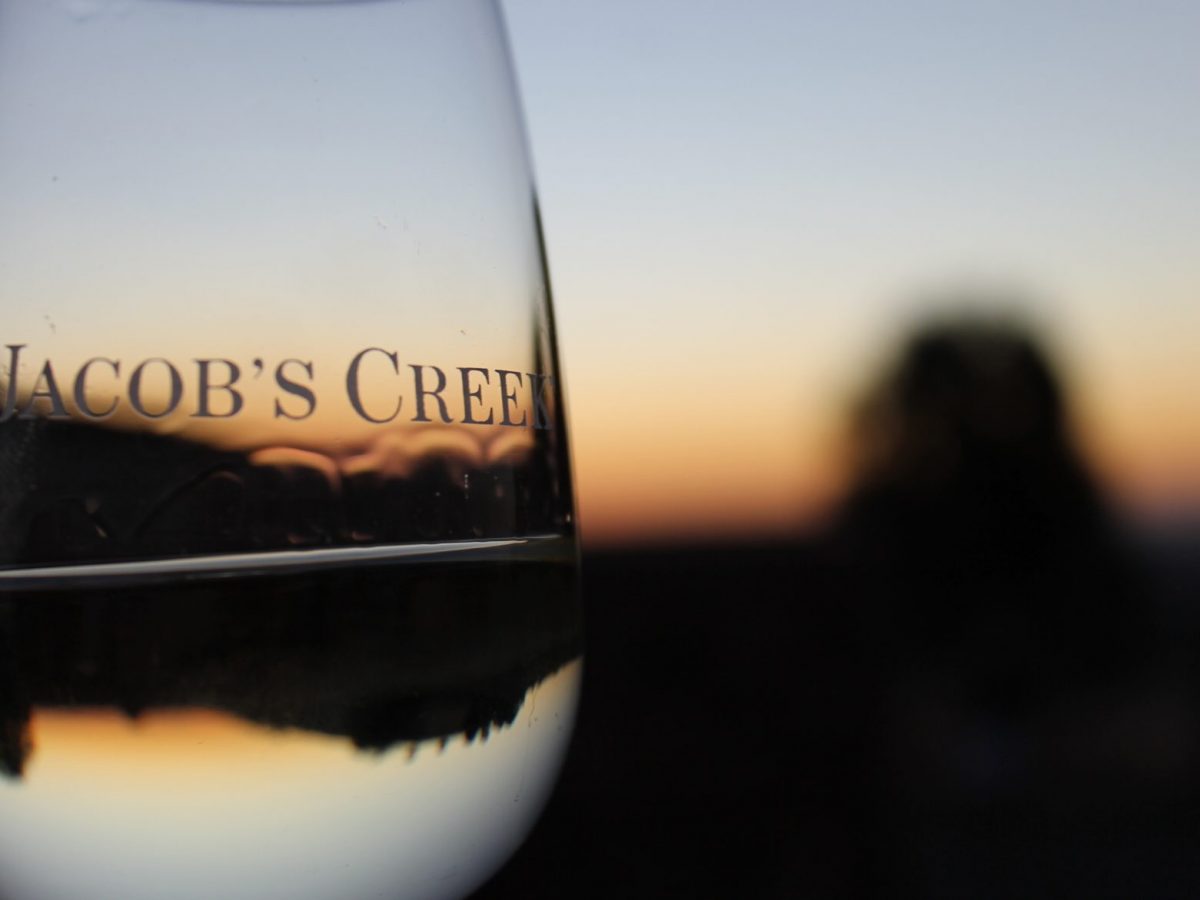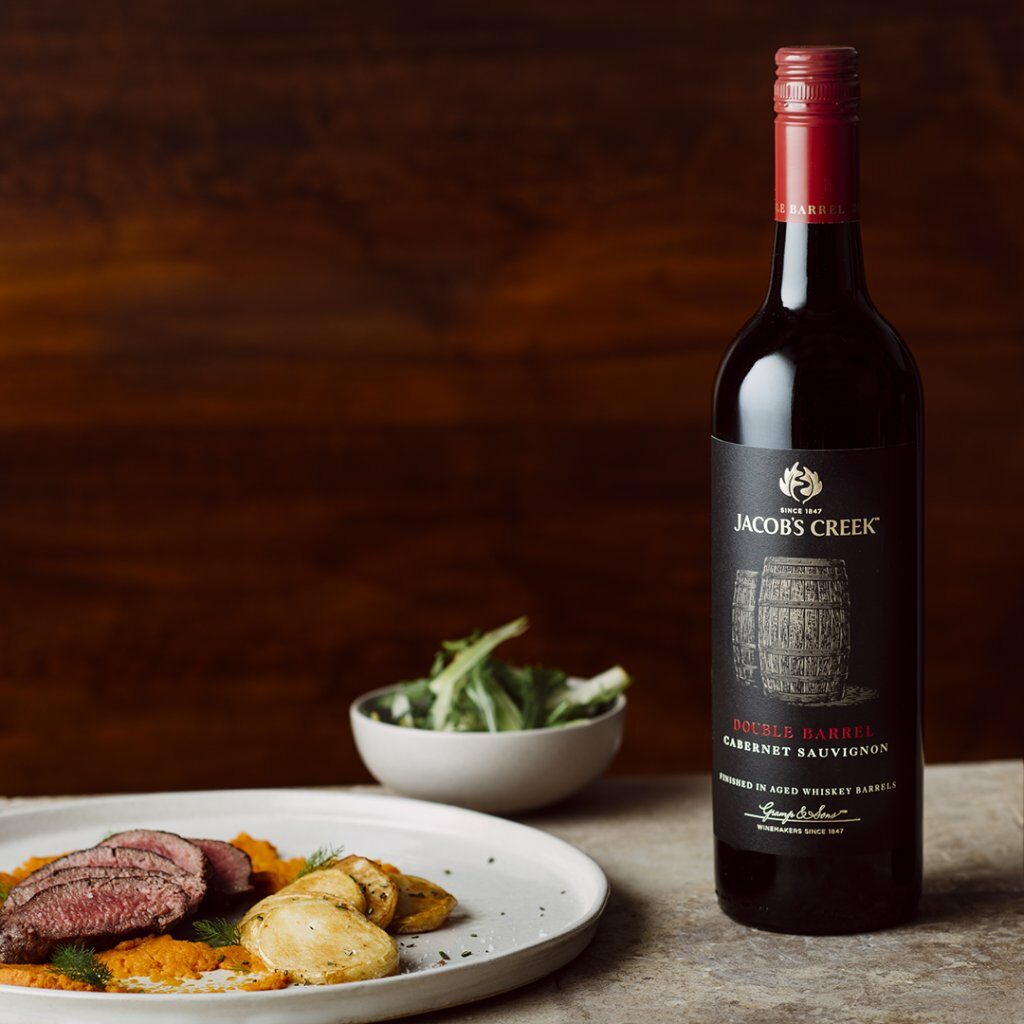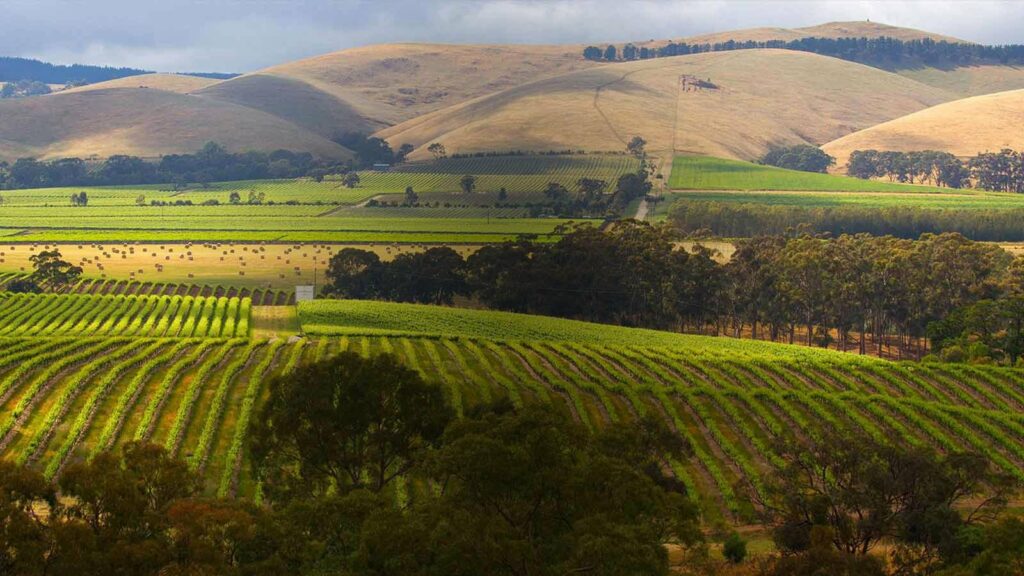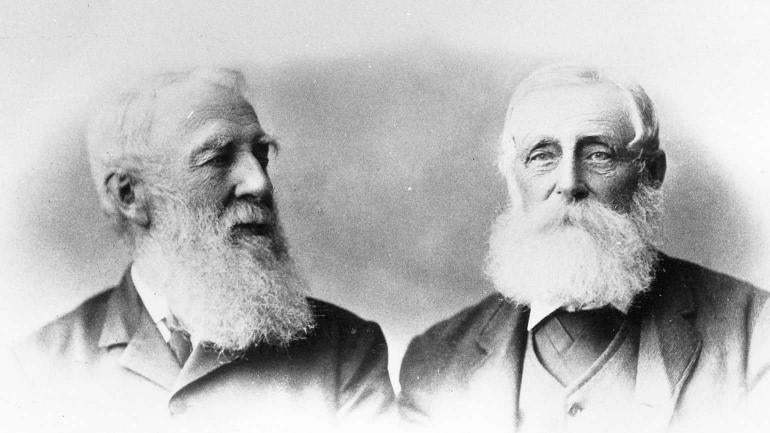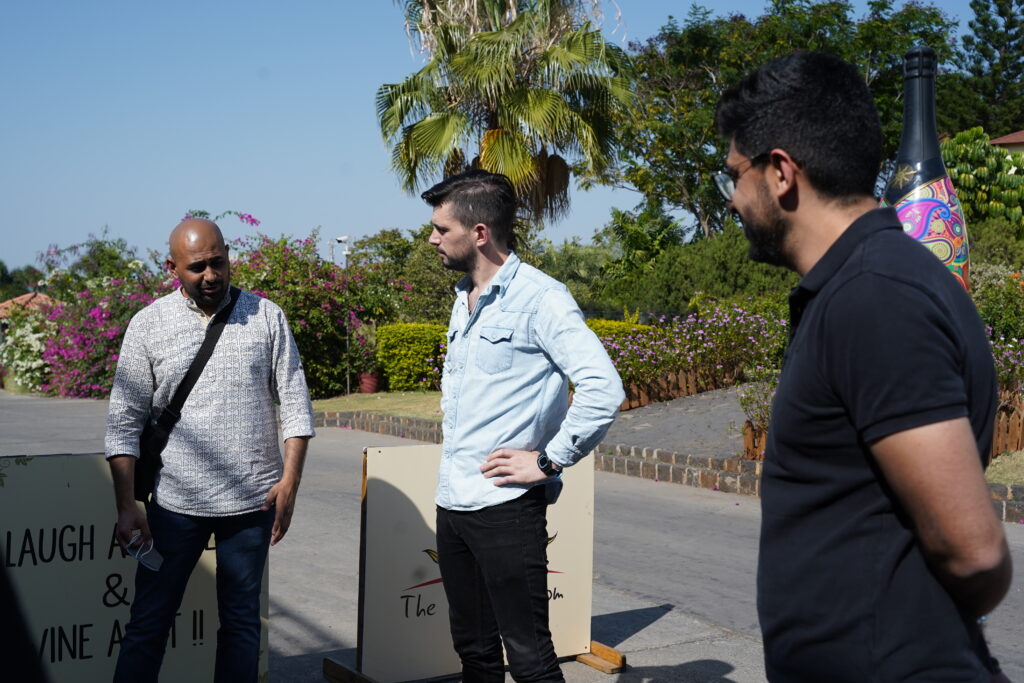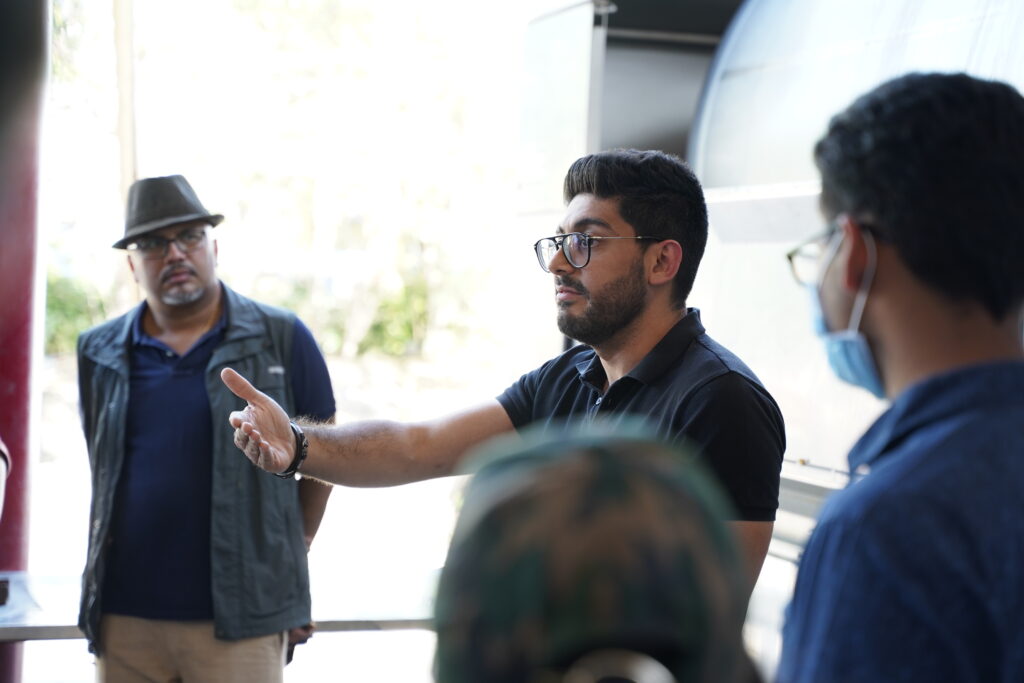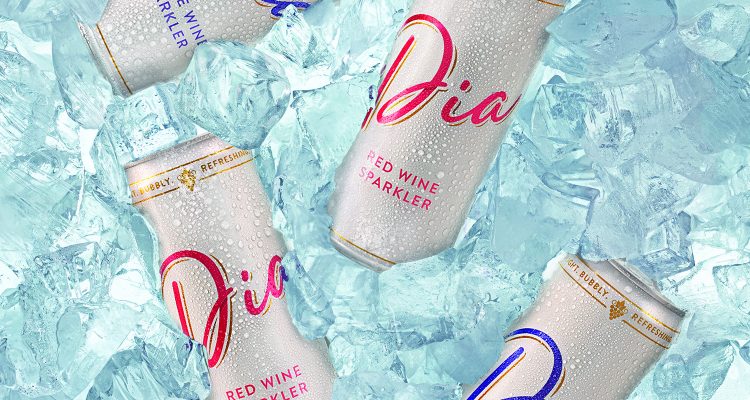Goa’s dynamic culinary and alco-bev vibe has evolved beyond colourful liqueurs candied Port wines and hole-in-the-wall taverns and beach shacks to set the bar high.
It took me a while to befriend Goa. Coming from fast-paced cities, Goa often seems reluctant to shake out of its slumber. When you don’t seem to fit in, food and drink comfort and help ease you in. Goa, now on my fifth visit, finally did it for me. Its burgeoning culinary and dynamic drinking scene is kindling a new emotion. Craft beers, gins, and rums, exclusive single malts, heritage tagged Feni, nouveau cocktails and modern diners are driving it to become a cosmopolitan second base. All the while, locals tightly hold on to their colourful liqueurs, candied Port wines, hole-in-the- wall bars and taverns, centuries-old, family-run bakeries, and the life of community and susegad
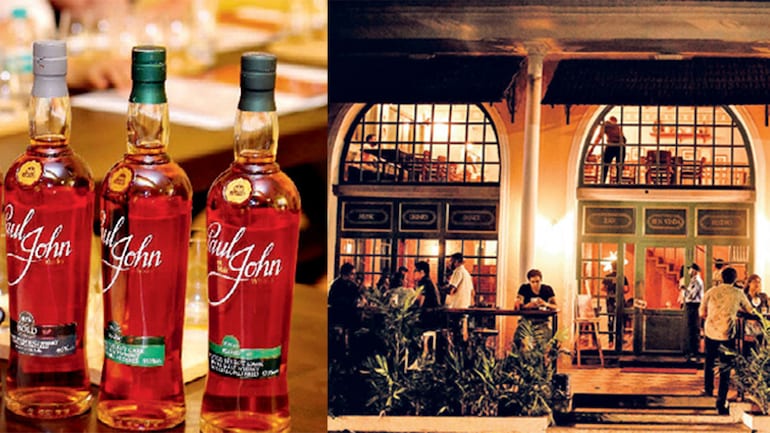
City of Gins
The wave that started with Greater Than has indeed gotten greater than we expected. Goa is already home to over 20 gins, rums, and whiskies alone, and many more to come. But nothing’s made its way in to the heart and collection of Indian denizens the way gins have: Pumori, Samsara, Hapusa, Tickle, Seqer, Matinee, GinGin, Stranger & Sons have kept bars buzzing with smashing mixes, endless GinTos, helping keep spirits high even when we were locked in. They’ve all flirted with Indian palates and imagination with a curious mix of botanicals, offered quirky labels that draw from our stories and histories, to quickly become the canvas to draw on.
If your favourite gins don’t feature on your Instagram profile, you qualify to be deemed a social outcast. So Tamras and Doja, the newest entrants, are giving you another chance. Tamras’s visitor’s centre is like nothing you’ve seen in India before. Its minimalistic design, a long tasting-cum-cocktail bar, posh upholstery, and a shiny still that sits as the crown jewel at its helm is arresting from first glance. It’s inspiring others to follow suit with their own tasting rooms and visitor centres, and we learnt that they are. Not just gin, Maka- Zai & Segredo Aldeia rums are taking the myths and misconceptions-filled Indian rum conversation beyond Old Monk—all from Goa.
On the whisky trail
Nearly a decade and a half ago Paul John set up their distillery here. For a while Indians kept craving for their nectars while they exported and collected awards internationally, teasing domestic afficionados with omission rather than submission. But since their Indian release, they’ve reigned on every parade. Now they’ve opened their cellars to visitors, luring with mesmerising hues of oak, sweet wort, and bon gout. Only Goa allows the sale of high-proof spirits and Paul John loves their barrel strength whiskies. Some of their expressions can’t be found anywhere else but here, deeming it a collectors’ paradise. Carry an extra suitcase just to pick from a library of their Zodiac series, Christmas Editions, and Select Cask range. We tasted their in-the-making gins and rums and, phew, you might need to carry two suitcases even!
But why in Goa?
Well, minus the bureaucracy, it’s the unhindered sources of neat waters, favourable conditions for ageing, a spectrum of locally grown botanicals, proximity to ports, abundant natural influences that summons the craft here, and the people with their heritage.
Above all, heritage is celebrated in Goa, not just through its seven UNESCO World Heritage churches, but also in every sip through their copos. The heritage of Cognac, Scotch, and Tequila meets Feni here. All those picturesque coconut tree lined streets that fill your feeds stand tall as testaments of Feni tightly knitting together Goa’s communities that have survived centuries. It was a 14-year-old Dutch spy who mentioned coconut Feni in his journals, way back in 1545, not much has changed since then. It’s still produced under virgin skies, in handmade earthen pots, sans measurements and scientific equipment. When the Portuguese arrived in India, they brought along cashew trees that bore poisonous fruits that could burn your skin at first touch until they fully ripen. With their patience Goans turned even that into a delectable drink.
Hotels or taverns, feni highballs, negronis, margaritas are everywhere, and it’s just so easy to fall for them. Rustic, earthy, at times fiery, umamidriven Fenis are a celebration of the Goan spirit and grounded lifestyle. Hansel Vaz, a local legend, has singlehandedly elevated the image of Feni the world over through Cazulo. When in Goa, a visit to their humbling setup is a must.
Witnessing the birth of a Feni from fruit to spirit, in the most unique, rural, instinctive, and nature-reliant way is unparalleled. And tasting Fenis in the middle of a lagoon while countless little fish tickle and pedicure your tired feet as continue your grub crawl on a local spread is utterly gratifying.
Happy Hour
Bars like Tesouro by Firefly in Colva are presenting Feni in renditions that’s catching international attention. An entire menu is dedicated to Feni cocktails. But this nouveau neighbourhood Colva bar is way more than that. Debuting on the World’s 50 Best Bars at No. 65 this year, Tesouro is a treasure. Don’t be fooled by its relaxed vibe, the effort behind their mixes is maddening. Pankaj Balachandran and Arijit Bose are taking Pina Coladas, Mojitos, and LIITs out of patrons’ hands and replacing them with niche and suave Midnight Brekkie, Heisenberg, G.O.A.T, and Salcette Salsa. If that wasn’t enough, they’re also part of the team behind India’s first ready-to-serve Jerry’s Cocktails. Now you don’t only drink in Goa, you take them along.
Mahe, Felix, Jamming Goat, Petisco, Antonio@31, Makatsu, Miguels, Antares, Saz, Bomras, Cavatina, and so many more have all added to the cosmopolitan culinary culture of the city. And with a diaspora of acclaimed brands and hospitality professionals relocating to Goa during Covid, like Balachandran and Bose, it’s bound to add many Michelin-worthy stops on your lists. But all of them don’t have to be fancy. Taverns and small classics like Joseph Bar often dot tourist maps. A growing culture of food trucks and Ros Omelette hawkers continue to deliver a local flavour of their own kind. Uncle Chef, Food Engine, Oppa Food Truck, Euseb’s Grubhub, Noronha’s Corner, are just a few who will spoil you with their beef chilly poee, chorizo pao, roast pork, croquettes and sausages. After a spirited night, you need them for sure, for your soul, and pocket. After all, you have to save for those bottles to carry back home as well.
First Published In IndiaToday, 2022
